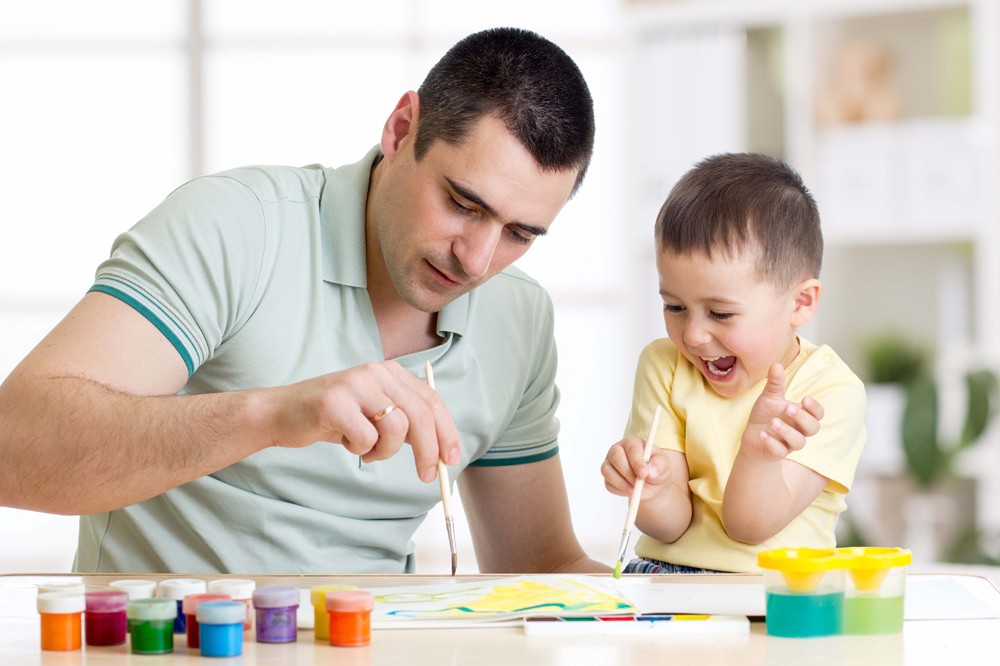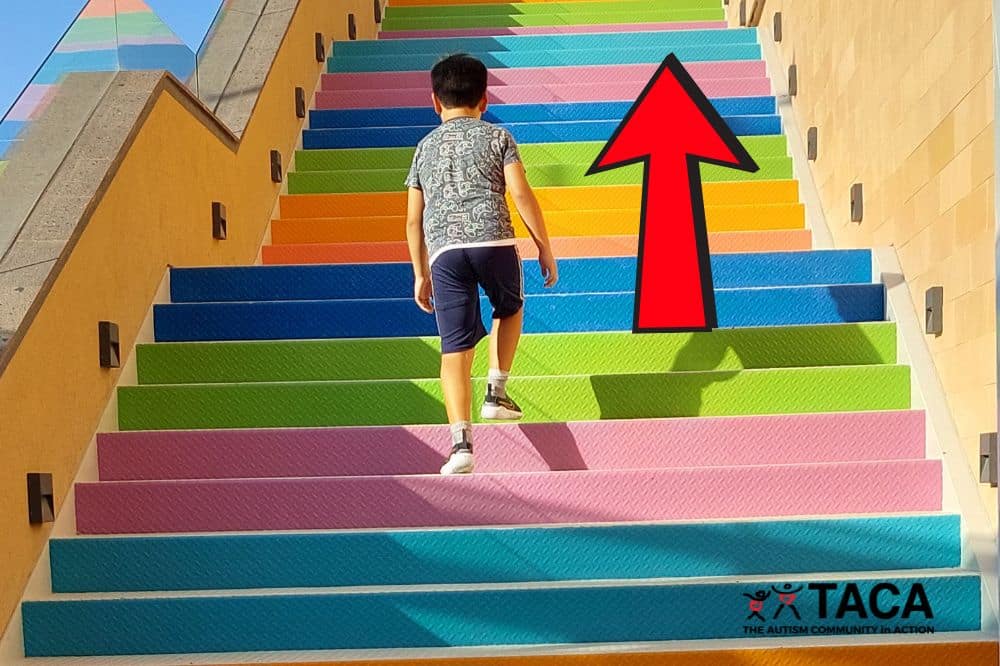Engaging with Your Child at Home

All contents of this resource were created for informational purposes only and are not intended to be a substitute for professional advice, diagnosis, or treatment. Always seek the advice of your physician, therapist, or other qualified health providers with any questions or concerns you may have.
Parents often struggle with how to help their child at home and may feel guilt that they are not doing enough. Below are some ideas for engaging with your child at home for you to try.
Creating a home that your child can feel relaxed, safe, and loved sets your child up to thrive.
Explore Therapeutic Play Options
- Floortime and Relationship Development Intervention (RDI®) are models of therapy that put the focus on therapeutic play and social communication
Narrate Your Day
- Talk aloud about what you are doing and why you are doing it. It feels silly at first, but it can help with language development.
Engage with Your Child’s Interests
- Play with your child. Swing, jump on a trampoline, get on the floor, have a dance party, play dress up. Just play.
- Watch favorite movies and videos together. Talk about what is happening in them.
- Choose a preferred topic or character and make up games that incorporate them.
- Enter into your child’s atypical play structures through parallel play.
Read Books Aloud to Your Child
- You can choose a book that focuses on their interests before branching out.
- Even if the child doesn’t seem to be paying attention, keep reading.
- Stop and ask questions along the way such as “What do think will happen next?” and “Do you think ___ is a good guy or bad guy?”.
- If your child is not able to communicate with you, stop and give your answers to these questions along the way.
- Reading aloud to your child helps to develop their auditory processing skills.
Include Your Child in Home Activities
- Cook together
- Dig in the garden
- Fold laundry
- Check the mail together
- Wash dishes
- Video chat together with a family member
Conclusion
As the parent, it is up to you to judge when engaging with your child at home is appropriate. Remember, play and therapy are the work of a child with autism. However, a life with balance includes rest.




